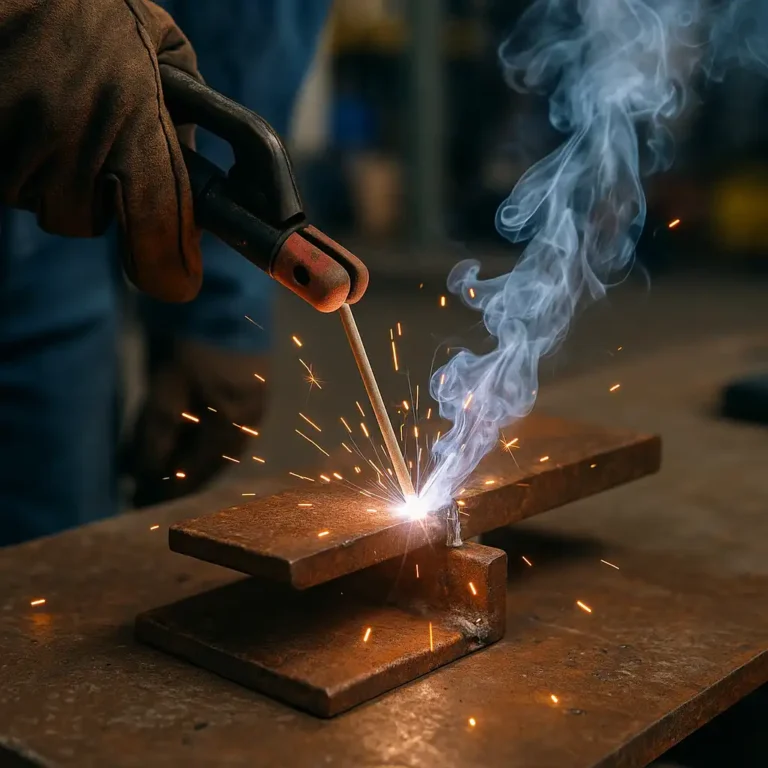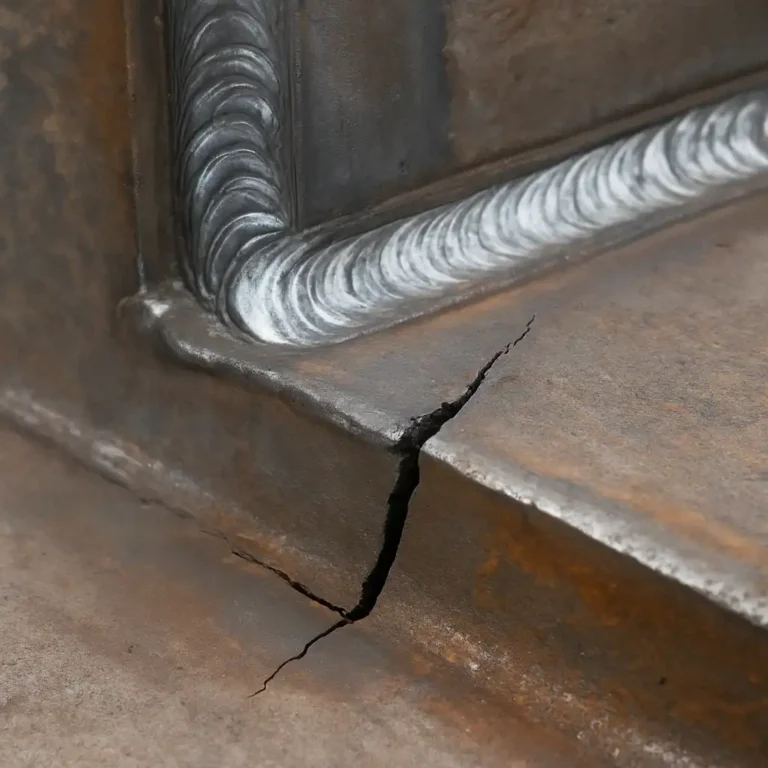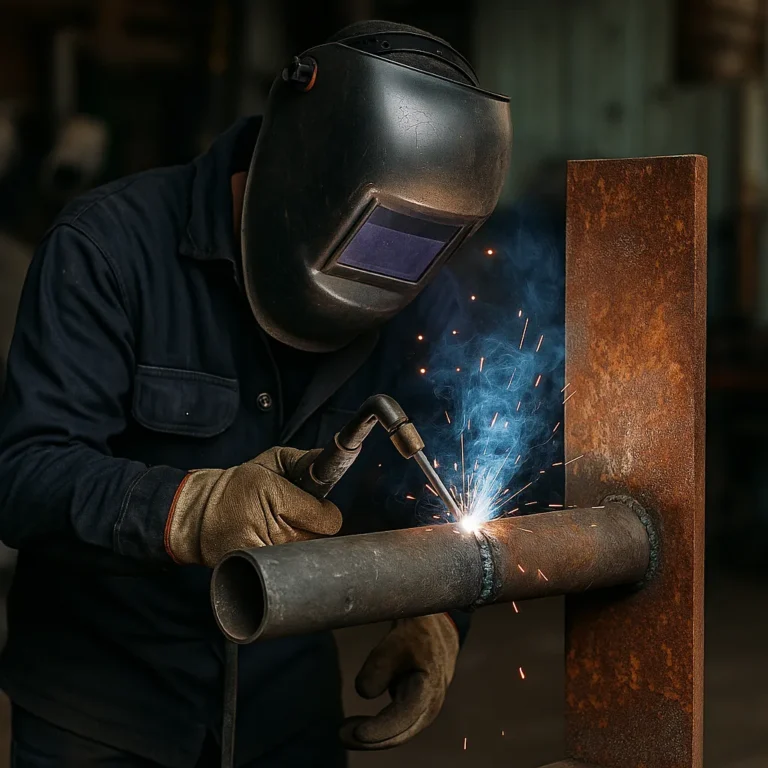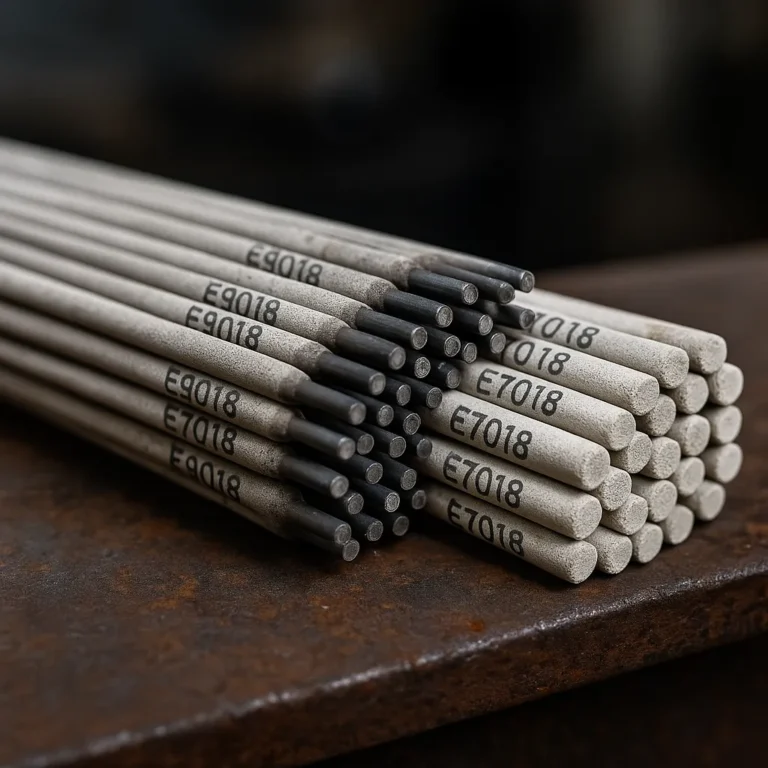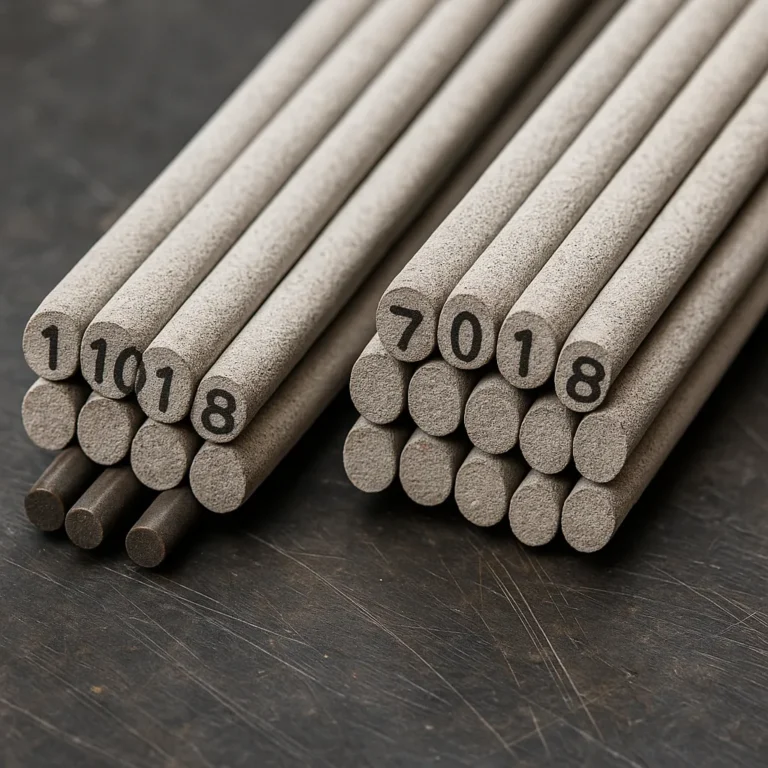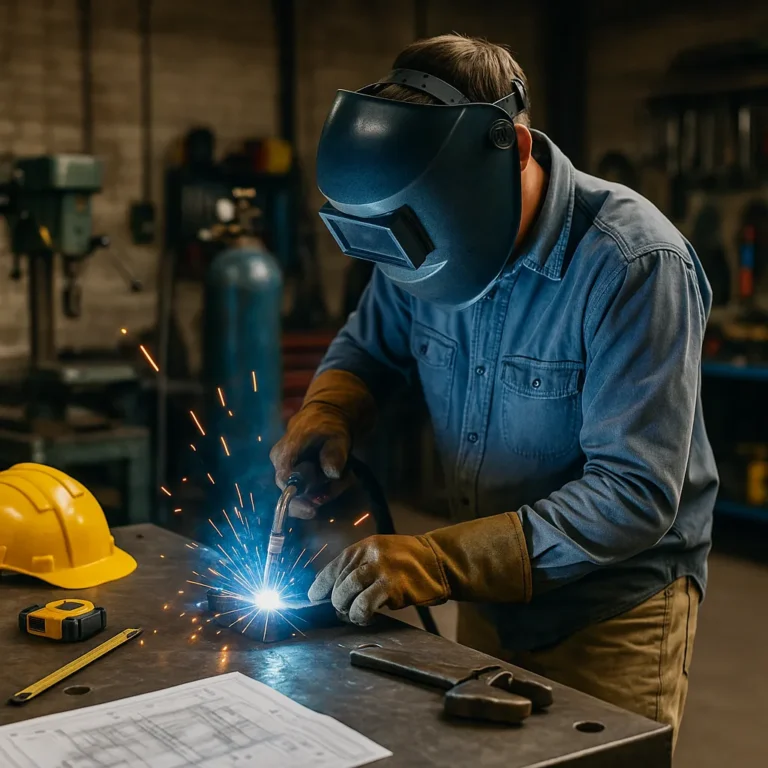Can You Tack Weld With a Stick Welder and Get Strong Results?
Tack welding is essential in metal fabrication to hold components in place before the final weld. While MIG and TIG machines are often preferred for their ease of arc control, many wonder whether stick welding (SMAW) can be used for tack welds. The short answer is yes—but success depends on proper technique and awareness of…

